In 2020 Suyash Mohan ’23 MS and a few classmates from Hong Kong University of Science and Technology (HKUST) stopped by a local bakery to celebrate the semester’s end. They noticed bakery workers trashing unsold bread and baked goods. Because bread is cheap and easy to produce, companies often make a surplus to avoid missing out on potential profits. That means lots of loaves get left behind.
But Mohan and his friends wondered if there might be a way to avoid the food waste, a growing problem in Hong Kong. Later, while visiting a bar, the classmates cooked up an idea: Turn the surplus bread into beer. And Breer was born. The Hong Kong–based startup upcycles unsold bread from local bakeries into craft beer.
When it comes to chemistry, the union of bread and beer is relatively simple. “Most of their raw ingredients are the same,” Mohan explains. The grains in bread can replace some of the malted barley used in traditional brewing.
With a focus on sustainability without compromise, Mohan and co-founders Naman Tekriwal, Anushka Purohit and Deevansh Gupta won the Hong Kong regional Enactus competition, which challenges students to use innovation and business principles to improve the world. They reinvested the $1,500 cash prize back into the company.
The Breer team rented space in Hong Kong brewing facilities, which were running at lower-than-normal capacity due to the pandemic, and began experimenting. “For the next six to eight months, we had about 20 to 25 different test batches,” Mohan says. “Most failed.”
After bringing on a professional brewer to help them perfect the recipe, the team ultimately landed on the right ratios for their first brew, a pale ale. Still, there was another hurdle: While they were confident in their product, they were an unknown brand, and their small-batch brewing made their beer expensive and hard to market. So they took a risk.
“We decided to get the biggest brewery in Hong Kong to rent [us] their space,” he says. Breer brewed a 1,000-gallon batch — 400% more than most small-scale breweries.
Commercially launched in 2021, Breer quickly gained traction in the city. Restaurants and bars began to offer its products. Soon, a partnership with Hong Kong food and beverage giant Maxim’s, the city’s largest bread maker and owner of several bars and restaurants, brought Breer to hundreds of establishments in the region. Suddenly, the sustainability-focused startup had a foothold in the Hong Kong market.
Today, Breer is sold in more than 300 businesses in Hong Kong, and the company has repurposed more than 2 tons of bread waste. It has created specialty and seasonal beers, including a hibiscus sour. And some Breer brews incorporate other food waste, including a stout flavored with used coffee grounds and an IPA made from leftover bolo bao, pineapple sweet buns that are a local favorite.
The company’s success has continued to garner attention: In 2023 Breer’s founders made Forbes’ 30 Under 30 list for social impact in Asia.
“It was a super happy moment for us because it highlighted that what we’re doing is not just a project,” Mohan says. “It’s bringing real impact and is being recognized by leaders [around] the world.”
In 2023 Mohan earned a master’s degree in social and economic policy from Northwestern’s School of Education and Social Policy, part of a dual-degree program with the Chinese University of Hong Kong. He continues to lead Breer as a shareholder and director.
From Bread Pan to Beer Pint
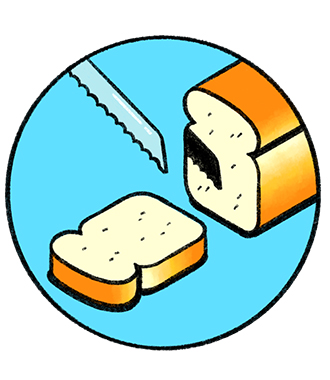
|
Breer uses cast-off bread in its brewing process, instead of the traditional malted barley. For a 500-liter (132-gallon) batch, Breer starts with roughly 700 loaves of leftover bread, broken into small pieces. Because bread has so much volume, it takes up a lot of space. “The first few times we brewed, we spent seven or eight hours in a room full of bread, tearing it all into pieces,” Mohan says. |
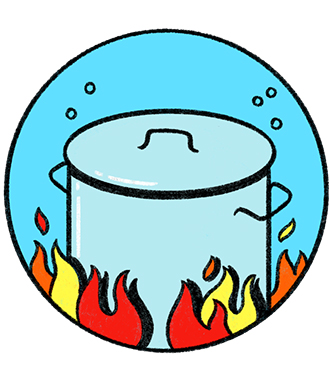
|
The dried bread pieces are then steeped in water, mashed, drained and boiled to form wort, a sugary liquid. Then hops are added at different pH levels and temperatures depending on the desired flavor for the brew. |
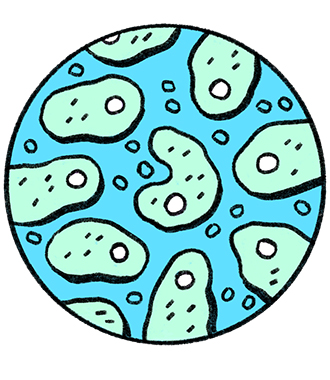
|
The wort is added to the fermentation tank, where yeast is added to convert the sugars into alcohol and carbon dioxide. The beer is carbonated near the end of or after the fermentation process. |
Teresa Nowakowski ’23 is internal communications editor in Northwestern’s Office of Global Marketing and Communications.
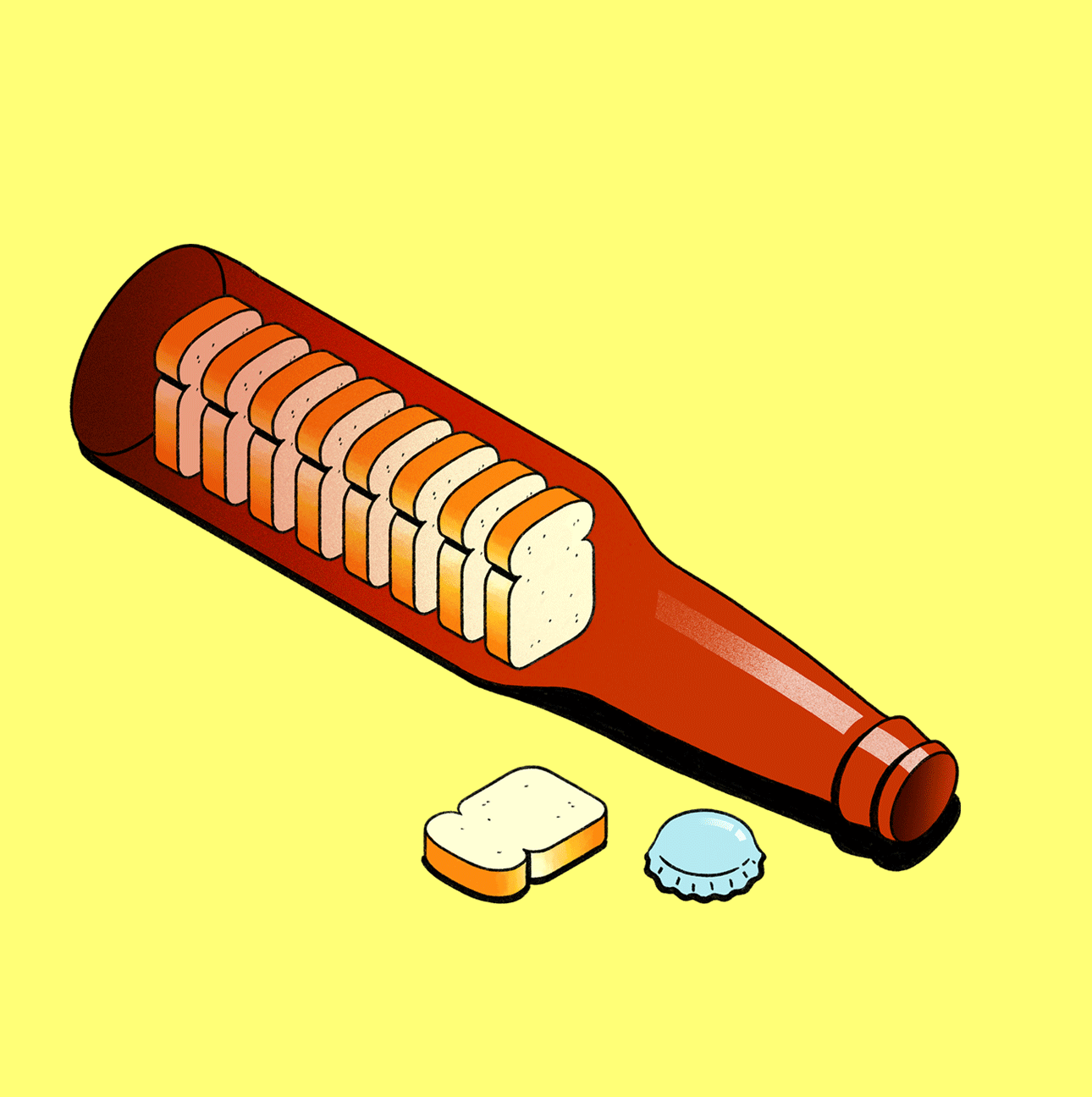

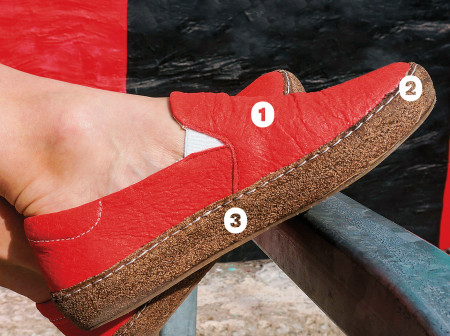
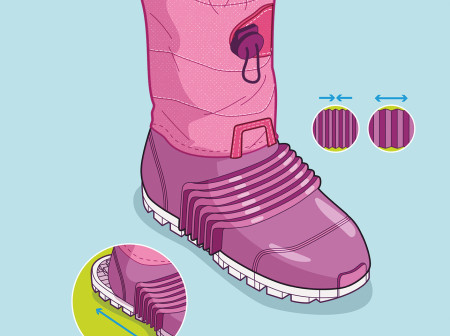
Reader Responses
No one has commented on this page yet.
Submit a Response